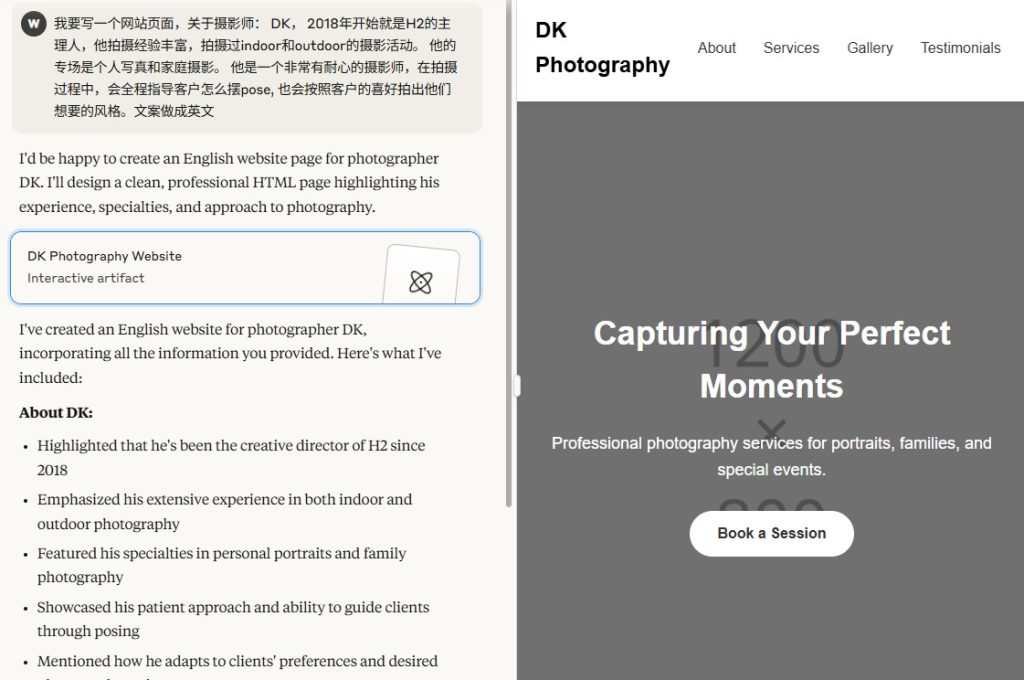Wondering if mobile SEO optimization is really required for your business? In today’s digital age, mobile devices reign supreme as the go-to platform for accessing the vast expanse of the internet. Whether it’s browsing social media, shopping online, or seeking information, smartphones and tablets have become indispensable companions for users worldwide. Consequently, the significance of tailoring online experiences to suit the mobile environment cannot be overstated.
As a majority of internet traffic now flows through mobile devices, optimizing your website for mobile accessibility has transcended the realm of optional enhancements to become an essential prerequisite for success. This shift underscores the critical need for businesses and individuals alike in Singapore to prioritize SEO optimization in their digital strategies. In this comprehensive guide, we embark on a journey through the multifaceted landscape of mobile optimization. We delve into various aspects, each crucial for ensuring a seamless and satisfying user experience on mobile devices.
10 Mobile SEO Optimization Strategies to Enhance Your Website for Mobile Devices
1. Responsive Web Design:
The cornerstone of mobile SEO optimization is responsive web design. A responsive website adapts its layout and content to fit the screen size of the device accessing it, whether it’s a smartphone, tablet, or desktop computer. By employing responsive design principles, you ensure that your website looks and functions flawlessly across all devices, enhancing user experience and satisfying search engine algorithms that prioritize mobile-friendly websites.
2. Mobile-Friendly Testing:
Before launching your website or making significant updates, conduct thorough mobile-friendly testing using tools like Lighthouse. These tools analyze your site’s mobile compatibility and provide insights into areas that need improvement. Address any issues identified during testing promptly to guarantee optimal performance on mobile devices.
3. Page Loading Speed Optimization:
In the fast-paced world of mobile browsing, every second counts. Users expect instant access to content, and search engines reward websites that deliver swift loading times. To optimize your site’s mobile loading speed, minimize HTTP requests, leverage browser caching, compress images, and utilize asynchronous loading techniques. Google’s PageSpeed Insights can help identify specific areas for improvement.
4. Streamlined User Experience (UX):
User experience is paramount in mobile SEO optimization. Simplify navigation, minimize pop-ups, and prioritize readability by using legible fonts and ample whitespace. Implement intuitive touch controls and ensure that buttons and links are appropriately sized for touchscreen interaction. A seamless and intuitive UX not only enhances user satisfaction but also improves your site’s search engine rankings.
5. Optimize Metadata and Content:
Craft concise and compelling meta titles and descriptions optimized for mobile search. Keep titles under 60 characters and meta descriptions under 155 characters to ensure they display correctly on mobile devices. Additionally, prioritize structured data mark-up to provide search engines with context about your content, improving its visibility in mobile search results.
6. Mobile-Friendly Content Formatting:
Tailor your content formatting for mobile consumption by using short paragraphs, bullet points, and subheadings to improve readability. Break up large blocks of text and prioritize scannable content to accommodate users’ tendency to skim on mobile devices. By presenting information in digestible chunks, you enhance user engagement and encourage prolonged interaction with your website.
7. Optimize Images and Multimedia:
Optimize images and multimedia elements for mobile viewing to reduce load times and improve performance. Use responsive images, employ lazy loading techniques, and choose the appropriate file formats to ensure efficient delivery across all devices. Additionally, provide alternative text (alt text) for images to enhance accessibility and improve SEO.
8. Implement Accelerated Mobile Pages (AMP):
Accelerated Mobile Pages (AMP) are lightweight versions of web pages designed to load instantly on mobile devices. By implementing AMP, you enhance mobile user experience and increase the likelihood of appearing in Google’s AMP carousel and other prominent mobile search features. While not suitable for all types of content, AMP can significantly boost mobile SEO for news articles, blogs, and other dynamic content.
9. Local SEO Optimization:
For businesses targeting local audiences, optimizing for local SEO is essential for effective mobile SEO optimization. Claim and optimize your Google My Business listing, ensure consistent NAP (Name, Address, Phone Number) information across all online platforms, and solicit positive reviews from satisfied customers. Local citations, geo-targeted keywords, and location-based content can further enhance your visibility in mobile local searches.
10. Monitor and Iterate:
Mobile SEO optimization is an ongoing process that requires constant monitoring and iteration. Utilize analytics tools such as Google Analytics and Google Search Console to track mobile traffic, user behavior, and search performance. Identify areas for improvement, experiment with different strategies, and adapt to evolving mobile trends and search engine algorithms to maintain your competitive edge in the mobile landscape.
Conclusion
In the contemporary digital ecosystem, prioritizing mobile SEO optimization is not merely a recommendation but a fundamental requirement for thriving online. With the pervasive use of smartphones and tablets, users expect websites to seamlessly adapt to their mobile devices. By adhering to the strategies delineated in your guide, businesses can significantly enhance their online visibility, user engagement, and organic traffic from mobile search. This entails employing responsive design, optimizing page loading speed, streamlining navigation, and crafting mobile-friendly content.
Embracing mobile optimization is not just about accommodating user preferences but also about catering to search engine algorithms that prioritize mobile-friendly websites. By remaining vigilant and proactive in implementing mobile SEO tactics, businesses can harness the full potential of their digital presence, ensuring sustained relevance and competitiveness in an increasingly mobile-centric landscape.
Moreover, a digital marketing agency can play a pivotal role in this endeavor. Such agencies specialize in leveraging the latest tools and techniques to optimize websites for mobile devices. They conduct thorough mobile-friendly testing, implement responsive design principles, and continuously monitor performance metrics to identify areas for improvement. With their expertise, businesses can navigate the complexities of mobile SEO and stay ahead of the competition in the ever-evolving digital landscape.








